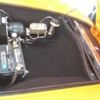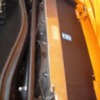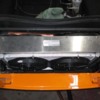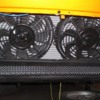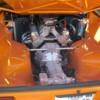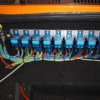I know this topic has been addressed before, but I am having trouble getting clearance for the radiator, a/c condenser and fan shroud to fit with the radiator in its origional mounting location at the bottom. I want to be comfortable that when it all does go together, I will have good air flow without having to cut grills into my hood.
I have a fluidyne radiator and am making the shroud once I get the final location of the radiator so I do not interfere with the light bar (wish that puppy was not there). Do the lower mounts have to be moved? Any pictures anyone?
Thanks,
Angelo
Original Post


